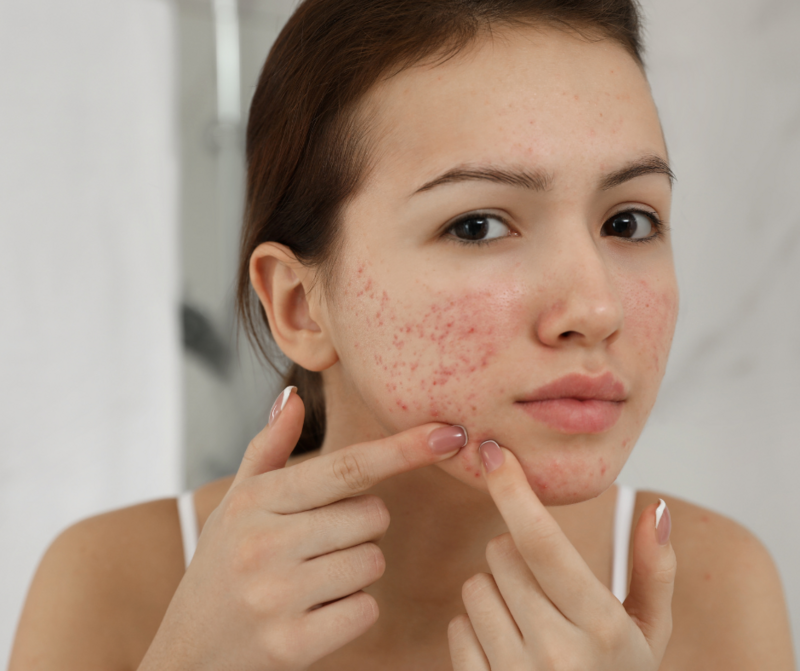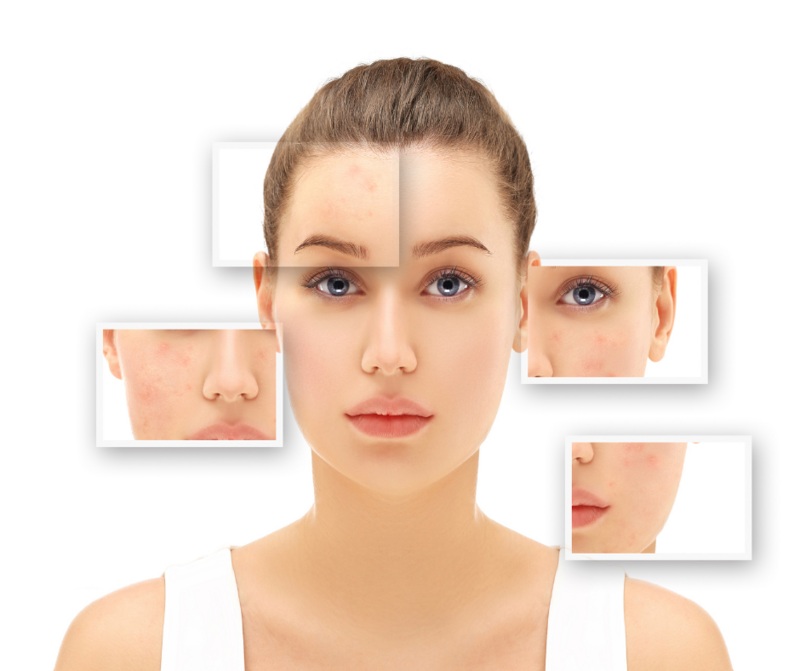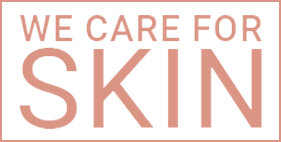Acne, a skin condition shared by millions across the globe can prompt moments of self-awareness and even emotional challenge. Yet whether it manifests as an occasional breakout or serious cystic acne, remember that this universal experience affects individuals of all ages and skin types. While it might alter our physical appearance temporarily, we believe in the strength of our inner beauty and individuality to rise above. This blog aims to demystify the complicated world of acne, exploring its varying presentations on different facial areas while highlighting empowering solutions for control and prevention. Whether you're an enthusiastic teenager navigating puberty's milestones or an adult surprised by occasional flare-ups, gaining knowledge about acne is a vital stride toward obtaining clear and healthy skin. So, let's unmask the truth behind acne and discover the path to a confident and healthy complexion.

Understanding Acne
Acne, scientifically known as acne vulgaris, is a complex skin condition characterized by the formation of pimples, blackheads, whiteheads, and cysts. It occurs when hair follicles become clogged with oil, dead skin cells, and bacteria, leading to inflammation and the development of various lesions. It usually occurs in the face where most of our glands are located. But acne can also appear in the upper chest and back.
Acne can manifest in various forms and appear in specific areas of the face, providing valuable insights into its underlying causes. Let's explore some common areas where acne tends to appear.
Mapping your Face where Acne Strikes

Forehead Acne
The forehead is a common area for acne breakouts, and its appearance can be attributed to various factors. It is particularly prone to acne due to its high density of oil glands. Excess oil production, known as sebum, is a primary culprit. When sebum combines with dead skin cells and bacteria, it clogs the pores, forming pimples. Hormonal imbalances, stress, and certain hair products can also contribute to forehead acne. Additionally, wearing hats or headbands that trap sweat and oil against the skin can exacerbate the condition.
To combat forehead acne, it is essential to maintain a consistent skincare routine, including gentle cleansing, exfoliation, and the use of non-comedogenic products. Managing stress levels and avoiding pore-clogging hair products can also help prevent breakouts in this area.
Nose Acne (T-zone)
The T-zone, encompassing the forehead, nose, and chin, tends to be oilier than other areas of the face. The nose, specifically, is a notorious hotspot for acne due to the presence of numerous oil glands. Blackheads and whiteheads are common on the nose, caused by the accumulation of sebum and dead skin cells. Factors such as genetics, hormonal fluctuations, and poor skincare habits can contribute to nose acne.
Regular cleansing, avoiding pore-clogging cosmetics, and using oil-free moisturizers can help keep the nose area clear. Additionally, gentle exfoliation can help remove dead skin cells and prevent the formation of blackheads.
Cheek Acne
Acne on the cheeks can be particularly distressing, as it is often associated with hormonal imbalances, poor diet, and external factors. Hormonal fluctuations, especially during puberty or menstrual cycles, can lead to increased oil production and subsequent acne breakouts on the cheeks. Poor diet choices, such as consuming excessive dairy products or sugary foods, can also contribute to cheek acne. Also, using dirty cell phones or frequently touching the face with unwashed hands can introduce bacteria to the skin, leading to inflammation and breakouts.
To minimize cheek acne, it is crucial to maintain a healthy diet, change pillowcases regularly, and cleanse the face gently. Avoiding touching the face with unclean hands can also prevent the spread of bacteria.
Chin and Jawline Acne
Acne along the chin and jawline is often linked to hormonal imbalances, particularly in women. Hormonal acne can flare up around the menstrual cycle, pregnancy, or menopause, leading to stubborn breakouts in these areas. Fluctuations in hormone levels, such as during the menstrual cycle or due to conditions like polycystic ovary syndrome (PCOS), can lead to increased oil production and the development of deep, painful acne lesions. Poor diet choices, stress, and certain medications can also contribute to chin and jawline acne.
Maintaining a balanced hormone level through lifestyle changes, such as stress management and a healthy diet, can help reduce breakouts in this area. Incorporating gentle cleansing and non-comedogenic skincare products can prevent further irritation.
Bye-Bye Acne: Exploring Acnetrex and Other Treatment Options
Factors contributing to the development of acne include hormonal changes, excess oil production, clogged pores, bacteria, and inflammation. It can be a frustrating and embarrassing condition, leading many individuals to seek out effective solutions to manage and treat their acne. While there's no one-size-fits-all remedy, a combination of targeted treatments and lifestyle changes can help you tackle acne head-on. Let’s explore a variety of solutions, including the renowned Acnetrex, to help you bid farewell to acne woes.
Topical Treatments
Topical treatments are often the first line of defense against acne. These products work by targeting acne-causing bacteria, reducing inflammation, and unclogging pores. Some popular ingredients to look for in topical treatments include:
Benzoyl Peroxide: This powerful ingredient effectively kills acnecausing bacteria, particularly Propionibacterium acnes. It also decreases the formation of new breakouts. It helps to break down and remove dead skin cells, oil, and debris that can clog pores and lead to acne. Benzoyl Peroxide can also soothe irritation and reduce redness associated with acne lesions for it has anti-inflammatory properties.
Salicylic Acid: Salicylic Acid is a beta hydroxy acid known for its exfoliating properties and ability to penetrate deep into pores. It is commonly found in acne cleansers, toners, and spot treatments. Salicylic acid is particularly effective for treating blackheads and whiteheads. It exfoliates the skin by dissolving the bonds between dead skin cells, helping to unclog pores and prevent new acne breakouts. It also helps to regulate oil production, making it an effective ingredient for controlling excess sebum and preventing acne
Retinoids: Derived from vitamin A, retinoids help to regulate skin cell turnover and prevent the formation of new acne lesions. It also promotes collagen production which can improve skin texture, reduce the appearance of fine lines and wrinkles, and enhance overall skin health.
While each of these ingredients offers unique benefits in the treatment of acne, they can also complement each other when used together. A synergistic treatment approach that combines benzoyl peroxide, salicylic acid, and retinoids can target acne from multiple angles, addressing bacteria, clogged pores, inflammation, and uneven skin texture.
Oral Medications
Oral antibiotics or oral contraceptives may be prescribed by a dermatologist to target acne-causing bacteria or regulate hormonal imbalances. Oral medications for acne typically fall into two categories: antibiotics and retinoids. These medications work by targeting different aspects of acne development, including bacteria, inflammation, and oil production.
Antibiotics: Oral antibiotics are commonly prescribed for inflammatory acne, as they work to reduce the population of acne-causing bacteria on the skin. Examples of oral antibiotics used in acne treatment include doxycycline, minocycline, and erythromycin.
Retinoids: Oral retinoids are reserved for severe, cystic acne that has not responded to other treatments. These medications work by regulating cell turnover, reducing oil production, and preventing the formation of new acne lesions. Acnetrex, also known as isotretinoin, is an oral retinoid medication that is widely regarded as one of the most effective treatments for severe, cystic acne. It works by targeting multiple factors contributing to acne, including excess oil production, inflammation, and the formation of clogged pores. By targeting multiple factors contributing to acne, Acnetrex can provide significant improvement in acne lesions and help restore clear, healthy skin.
Lifestyle Changes
In addition to medical treatments, certain lifestyle changes can help manage acne. These include maintaining a consistent skincare routine, avoiding harsh or comedogenic products, practicing good hygiene, managing stress levels, and adopting a healthy diet rich in fruits, vegetables, and whole grains. Regular exercise and adequate sleep can also contribute to overall skin health.
Sun Protection
Don't forget the importance of sun protection in managing acne. Sunscreen helps to protect your skin from harmful UV rays, prevent sun damage, and reduce the risk of post-inflammatory hyperpigmentation caused by acne lesions.
Professional Treatments
In some cases, professional treatments performed by a dermatologist may be necessary to effectively treat acne:
Chemical Peels: Chemical peels use exfoliating agents to remove dead skin cells and unclog pores, promoting clearer skin. In the treatment of acne, chemical peels can reduce the appearance of acne scars and hyperpigmentation, prevent new acne breakouts, and improve overall skin texture and tone.
Laser Therapy: Laser therapy targets acnecausing bacteria and reduces inflammation, helping to improve the appearance of acne lesions. Multiple treatment sessions may be required to achieve optimal results, and downtime varies depending on the type and intensity of the laser used.
Corticosteroid Injections: For stubborn, cystic acne lesions, corticosteroid injections can help reduce inflammation and promote faster healing. While corticosteroid injections can provide rapid relief from inflammatory acne lesions, they are typically reserved for severe or persistent cases and may carry a risk of side effects such as temporary skin thinning or hypopigmentation at the injection site.
These professional treatments offer advanced techniques for treating acne, particularly for severe or stubborn cases that have not responded to traditional treatments. By targeting acne at its source, these treatments can provide significant improvement in acne lesions, reduce inflammation, and promote clearer, healthier skin. However, it's essential to consult with a dermatologist to determine the most appropriate treatment approach and ensure safe and effective results.
Why Seek a Dermatologist?
While over-the-counter remedies and skincare routines may provide temporary relief for mild acne, it's crucial to seek professional guidance from a dermatologist for persistent or severe cases. Consulting a dermatologist is essential for effectively managing acne and achieving clearer, healthier skin.
One of the primary reasons to consult a dermatologist for acne is to obtain an accurate diagnosis of your specific condition. Acne can manifest in various forms, including blackheads, whiteheads, pimples, cysts, and nodules. A dermatologist can assess the type, severity, and underlying causes of your acne, which is essential for developing an effective treatment plan tailored to your unique needs. A dermatologist can provide personalized treatment recommendations based on factors such as your skin type, acne severity, medical history, and lifestyle factors. Whether you require topical medications, oral medications, advanced treatments, or a combination approach, a dermatologist can tailor a treatment plan specifically for you. They consider factors such as your age, medical history, and any underlying conditions to develop a personalized approach that maximizes the effectiveness of the treatment.
If you're in the Philippines and need dermatological care, it's essential to find a reputable dermatologist you can trust. Fortunately, there are many qualified dermatologists practicing across the country. To help you in your search, check out the list of acne treatment dermatologists in the Philippines here.
When it comes to treating acne, consulting a dermatologist is essential for an effective and personalized treatment plan. Dermatologists offer expertise, access to prescription medications, guidance on proper skincare, and ongoing monitoring to ensure optimal results. By seeking professional help, you can address your acne concerns comprehensively, minimize the risk of complications, and achieve clearer and healthier skin.
Conclusion
Acne is more than just a skin condition—it's a challenge that can significantly impact one's confidence and self-esteem. From occasional breakouts to severe cystic acne, the journey to healthy skin can be a daunting one. While there are countless products and remedies available, the journey to clear skin is often best navigated with the guidance of a dermatologist. Seeking the expertise of a dermatologist is a crucial step towards regaining confidence and reclaiming control over one's skin health. It is more than just a step towards clear skin—it's a pathway to renewed confidence, self-esteem, and empowerment. You deserve to feel comfortable and confident in your skin. Regaining confidence in the face of acne is not just about achieving clear skin—it's about embracing one's true self and recognizing the beauty that lies within. Embrace your journey, celebrate your progress, and know that your worth is not determined by the condition of your complexion. Remember that your journey towards confidence is as beautiful as the destination itself.
References
-
Europe PMC. (2016). Antibiotic use in acne vulgaris and rosacea: clinical considerations and resistance issues of significance to dermatologists. Europepmc.org. https://europepmc.org/article/med/18924545
-
Garofalo, V., Cannizzaro, M. V., Mazzilli, S., Bianchi, L., & Campione, E. (2019). Clinical evidence on the efficacy and tolerability of a topical medical device containing benzoylperoxide 4%, retinol 0.5%, mandelic acid 1% and lactobionic acid 1% in the treatment of mild facial acne: An open label pilot study. Clinical, Cosmetic and Investigational Dermatology, Volume 12(31190944), 363–369. https://doi.org/10.2147/ccid.s182317
-
Mega We Care. (2022, August 26). Acnetrex 10. Megawecare. https://ph.megawecare.com/dermatology/acnetrex10/?fbclid=IwAR0vBwobL6UUhF9EMHEbi0st4LBxaH6LVtNWUwc7i6pQPO0j1-MTQCbxQgQ
-
Seidler, E. M., & Kimball, A. B. (2010). Meta-analysis comparing efficacy of benzoyl peroxide, clindamycin, benzoyl peroxide with salicylic acid, and combination benzoyl peroxide/clindamycin in acne. Journal of the American Academy of Dermatology, 63(1), 52–62. https://doi.org/10.1016/j.jaad.2009.07.052
-
We Care for Skin. (2024a). Acne — skin conditions — we care for skin. We Care for Skin. https://www.wecareforskin.net/common-skin-conditions/acne?fbclid=IwAR3C6TADqdZXkuRukcV8VO6NQVhbxS9DZsJg4rHIFXz7cF7OkLcLdxCjF7U
-
We Care for Skin. (2024b). List of acne treatment dermatologists in the philippines — articles — we care for skin. We Care for Skin. https://www.wecareforskin.net/articles/list-of-acne-treatment-dermatologists-in-the-philippines?fbclid=IwAR196sJ2EUHKeYW5ieMu4munZ8YlSyEzYxz_pWq460aQkiS5x1g17mml7gQ
-
We Care for Skin. (2024c). Managing acne: Why do you need to consult a dermatologist? — articles — we care for skin. We Care for Skin. https://www.wecareforskin.net/articles/managing-acne-why-do-you-need-to-consult-a-dermatologist?fbclid=IwAR11KKdmnzGS7cjLwdoNo_HrQMkEtKRIn7axrmK7PxZ2hzScDRQr0GjpsKM
Article Reviewed by: Dr. Mary Amy Fatima Cagayan Chua


